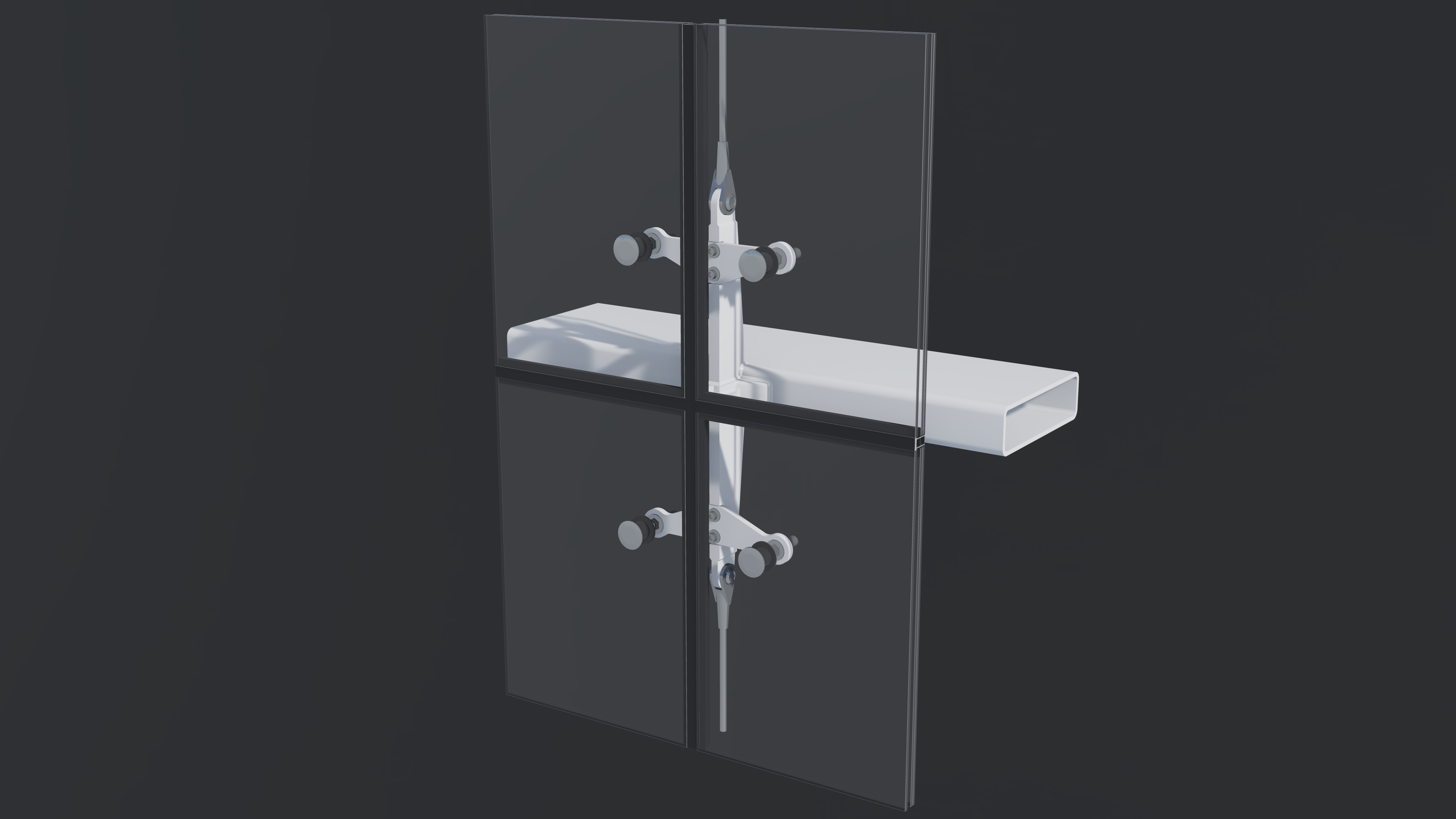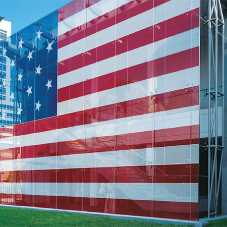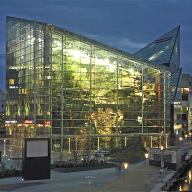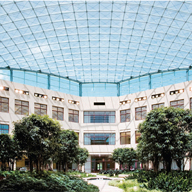Glazing Systems
Novum Structures
Novum offers a variety of glazing systems to satisfy the varied aesthetics, complexities, and functional demands of architectural glazing applications. These systems are developed for use with all glass types (monolithic, laminated, and insulating) and are typically weather-sealed using silicone and silicone gaskets.
Novum’s Point Supported Glass (PSG) System provides the ability to generate high transparency with minimal support design and has been hugely instrumental in the development of highly technical facades. Novum’s fully tested system has been successful in thousands of projects including in high snow, seismic, and hurricane zones.
Novum’s Edge Clamped Glass (ECG) System is when the glass is mechanically clamped at discrete points along its edges to meet strength and deflection needs, and typically requires no notching or drilling. Panels can be oriented vertically, sloped, or overhead, and can be of almost any shape.
Novum’s Corner Clamped Glass (CCG) System is used primarily for vertical or sloped glazing, where flat glazing panels are supported only at their corners. It has a contemporary technology design aesthetic with minimal glass joint widths, which provides nominal interruption of the glass surface for maximum transparency with an almost fully flush-glazed aesthetic.
Novum’s Linear Supported Glass (LSG) System is typically used where demand for close coupled glass to structure occurs or when code or client requires a secondary backup to the silicone glass joint. An elegant continuous support is achieved.
Novum’s Walkway Glass (WSG) System provides safety by utilizing slip design and structural redundancy, which are achieved by three layers of glass so that if one layer cracks, the application remains safe temporarily.
Novum’s Aluminium Supported Glass (ASG) System is a more traditional glazing system that is well-suited for simple geometries and conventional angular changes in surface planes. While Novum is better known for its extensive use of structural glazing, applications can occur where the more conventional glass as a cladding with aluminium profile support is technically suited or architecturally desirable.

























